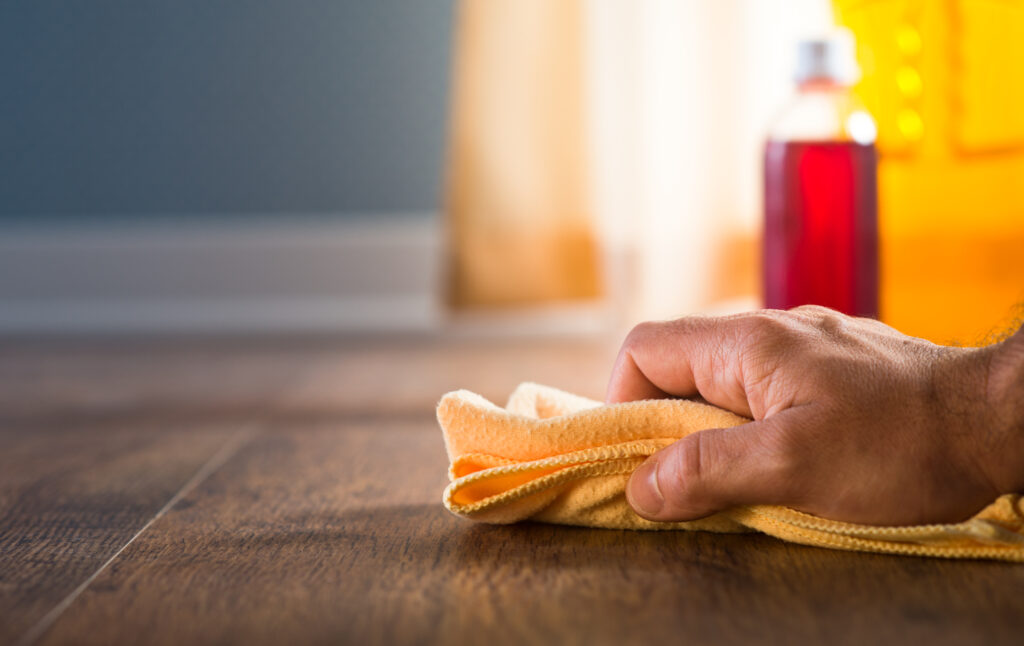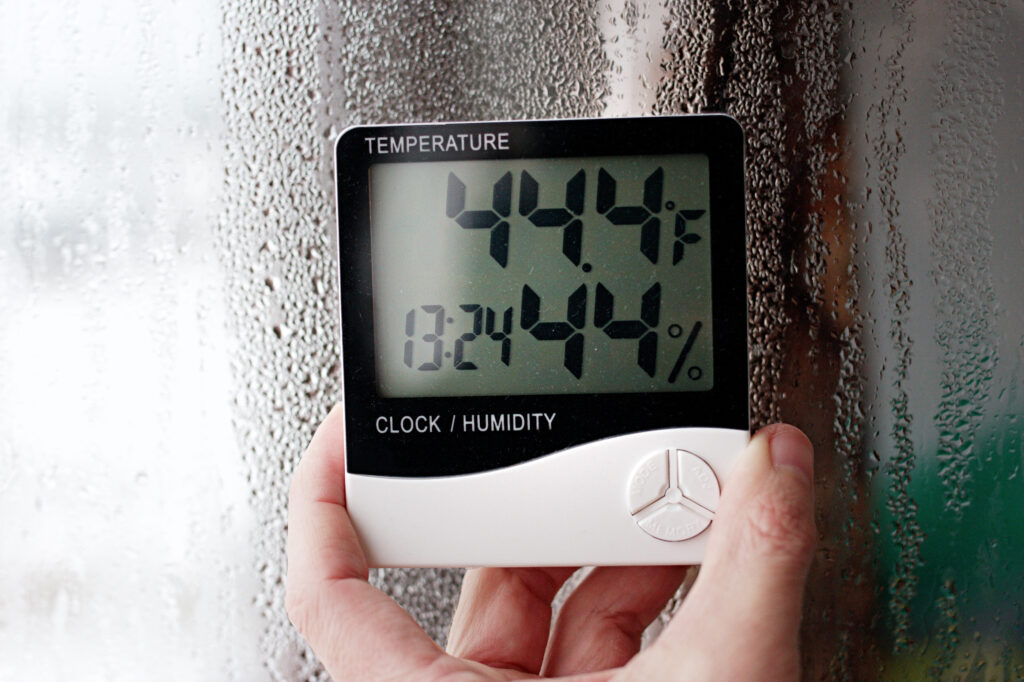Easy Steps for Maintaining Interior Architectural Millwork
Maintaining your interior architectural millwork doesn’t have to be a dreaded chore. With the right approach and maintenance habits, it can be easy to prolong the life of your doors, trim, support beams and pillars, bar tops, cabinets and more — without committing too much time to the task. Here are some tips for maintaining interior architectural millwork so you can get the most out of your investment.
Dust Regularly

Dusting is a must for all types of wood. Regular dusting (try aiming for twice a month) helps deflect dirt, dead skin cells and allergens from settling on surfaces and prevents build-up that can eventually cause damage to wood over time. A soft cloth or microfiber duster should suffice for most dusting needs; however, a polishing cloth may be necessary if there are stubborn stains or sticky residue that need to be removed from the wood’s surface. Make sure not to press too hard against the surface; this will help reduce scratching and other damage that can occur from aggressive cleaning methods.
Use Gentle Cleaning Products

When cleaning your interior architectural millwork, it’s important to choose gentle cleaning products that will help preserve the condition of the wood. A good option is mild dish soap mixed with water, which is safe for most types of wood material used in commercial spaces. You should also avoid using any abrasive cleaners or harsh chemicals like bleach or ammonia as these could potentially damage the wood surface or strip away protective top coats. You may want to do a spot test before using any product on your millwork just to be sure it won’t cause any damage. Be sure to avoid harsh abrasives like steel wool as this can strip away protective finishes and leave scratches in the wood’s surface.
The wrong cleaning products can damage interior millwork by removing finishes or leaving behind unwanted residues that will damage the surface over time. When choosing a cleaning product for your millwork, look for one formulated specifically for wood surfaces (not general purpose cleaners). Some recommended brands include Murphy’s Oil Soap, Method Wood For Good Cleaner + Polish Wipes and Guardsman Wood Furniture Dust & Allergen Remover Spray. When in doubt about which cleaner to use, always refer to the manufacturer instructions first before attempting any type of cleaner test on an unknown finish.
Maintain Ideal Humidity Levels

Wood is susceptible to warping, swelling, discoloration or cracking when exposed to overly dry air or high humidity levels due to moisture build-up within the material. Ideal humidity levels range from 30%–50%, which can vary depending on climate conditions or seasonality changes in certain regions of the country. To maintain appropriate humidity levels indoors, you may want invest in a hygrometer for monitoring and humidifier/dehumidifier combo unit that you can adjust accordingly throughout the year.
Avoid High Heat & UV Light

Another way to make sure that your interior architectural millwork looks great over the years is by avoiding common mistakes such as placing high-temperature sources like heating units directly underneath wood furniture pieces or exposing wood materials on windowsills and other areas where they may be in direct sunlight for extended periods of time. Doing so could lead to fading and discoloration due to UV rays, which may require more frequent refinishing treatments in order restore them back their original look.
By applying regular cleaning and care, your architectural millwork can remain beautiful for years to come. Have a question about or interest in custom architectural millwork? Contact Myers today, where our experienced staff is at the ready to help!